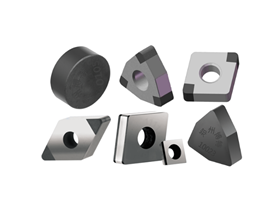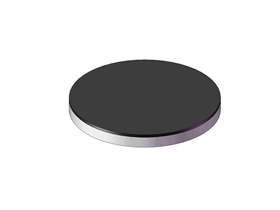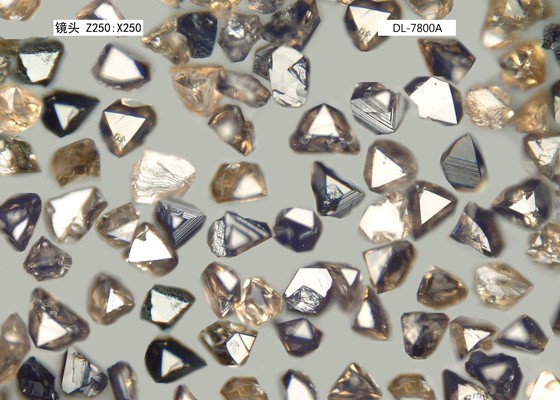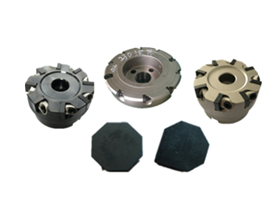In the precision manufacturing field of CNC milling, the tool is called ‘soul’ like existence, and its variety, from different dimensions with a variety of classification methods, and behind each classification, are embedded in a unique process considerations and application value.
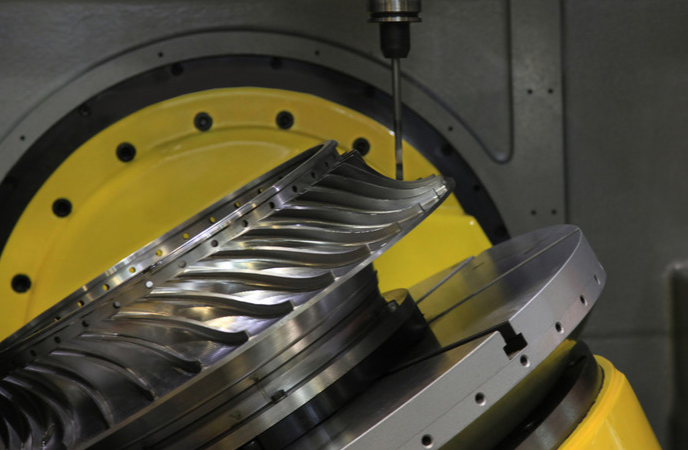
I. Differences in tooth structure: Sharp-toothed milling cutters and spade-backed milling cutters each show their strengths
According to the tooth structure and the back of the teeth processing method, the milling cutter is mainly divided into two categories of pointed milling cutter and spade back milling cutter. Sharp tooth milling cutter by virtue of sharp, accurate cutting edge, become the CNC machining in the ‘regular’, can efficiently complete all kinds of materials milling tasks. On the contrary, the spade back milling cutter, it is more used in the design and processing of forming milling cutters, aimed at creating a special shape of the milling cutter to meet the processing needs of shaped workpieces, however, in the conventional CNC machining scenarios, it is seldom seen.
Second, the structure of the type of choice: the whole, clamping and welding trade-offs
From the structural point of view, CNC milling cutter presents a three-pronged trend: the whole type, clamping indexable type and welding.
Integral milling cutters are like a ‘small and delicate craftsman’, often used in the production of small size, complex cutting edge milling cutters. High-speed tool steel is the main material, tough and malleable; some high-end products will also choose the integral carbide, for the tool to give ultra-high hardness and wear resistance. In order to further extend the service life, often in the working part of the coating treatment, as if to give the tool with a layer of ‘protective armour’.
Clamp indexable tool is the ‘main force’ of CNC machining. It's part of the work - blade, through the mechanical clamping solid firmly attached to the body of the knife, a blade more than cutting edge, take turns on the battlefield, greatly improving the tool utilisation rate. Inserts are mostly made of cemented carbide, and the coating adds wings to strengthen the cutting performance. Considering the difficulty of carbide machining, the inserts have a simple shape, and when necessary, they are combined with multiple pieces to simulate complex cutting edges and meet various machining needs.
Welded milling cutter is like a ‘gap filler’, when it comes to the cutting edge shape is simple, small size is difficult to set up the clamping mechanism of the situation, it will be able to come in handy, just in the CNC machining stage, it is not much play.
Third, the structure of commonly used milling cutter disassembly: each type of milling cutter in their respective roles
CNC machining commonly used sharp tooth milling cutter, under the banner of strong generals such as clouds. Face milling cutter as a face milling ‘ace’, specialising in plane milling, although the ordinary cylindrical milling cutter can theoretically take on this important task, but because of the inconvenience of clamping and other factors, it is difficult to find its trace in the CNC machining.
End mill is cutting cylindrical surface ‘expert’, narrowly speaking, especially refers to the flat bottom cylindrical end mill, stepped surface, side, groove processing in its ‘business scope’. Mould milling cutter belongs to the end milling cutter family, but by virtue of the expertise of surface processing is unique, ball milling cutter, round nose milling cutter is the ‘favourite’ of CNC machining, frequently appear in the manufacture of complex moulds.
Slot milling cutter camp, three-sided cutting edge milling cutter is a circumferential milling slot ‘backbone’, precise control of slot width and side roughness; saw blade milling cutter is the main cut-off process, precision and roughness performance is slightly inferior to the two according to the need to choose.
Fourth, the tool material doorway: multiple materials to support cutting ‘half the sky’.
CNC milling cutter according to different materials, can be subdivided into high-speed tool steel cutting tools, carbide cutting tools, ceramic cutting tools, cubic boron nitride cutting tools, diamond cutting tools, and coated materials such as cutting tools. High-speed tool steel toughness outstanding, suitable for complex moulding processing; cemented carbide high hardness, wear resistance, hold up the CNC machining ‘half of the river’; ceramic tools, high temperature resistance, high cutting efficiency; cubic boron nitride, diamond tool refers to the ultra-hard material processing, attacking the difficult; coated material tool fusion of a variety of advantages, is to enhance the tool's overall performance of the ‘secret weapon’. Performance of the ‘secret weapon’.
In the CNC milling processing to high precision, high efficiency in the journey, in-depth understanding of the types and characteristics of milling cutters, accurate matching of tools and processing tasks, is a must for every practitioner. Only in this way can we carve out precision workpieces that match industrial aesthetics in the microcosm of metal cutting and promote the development of the manufacturing industry.
